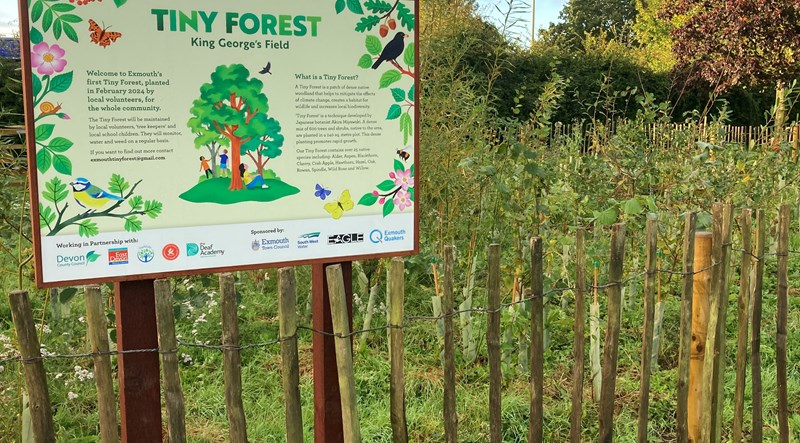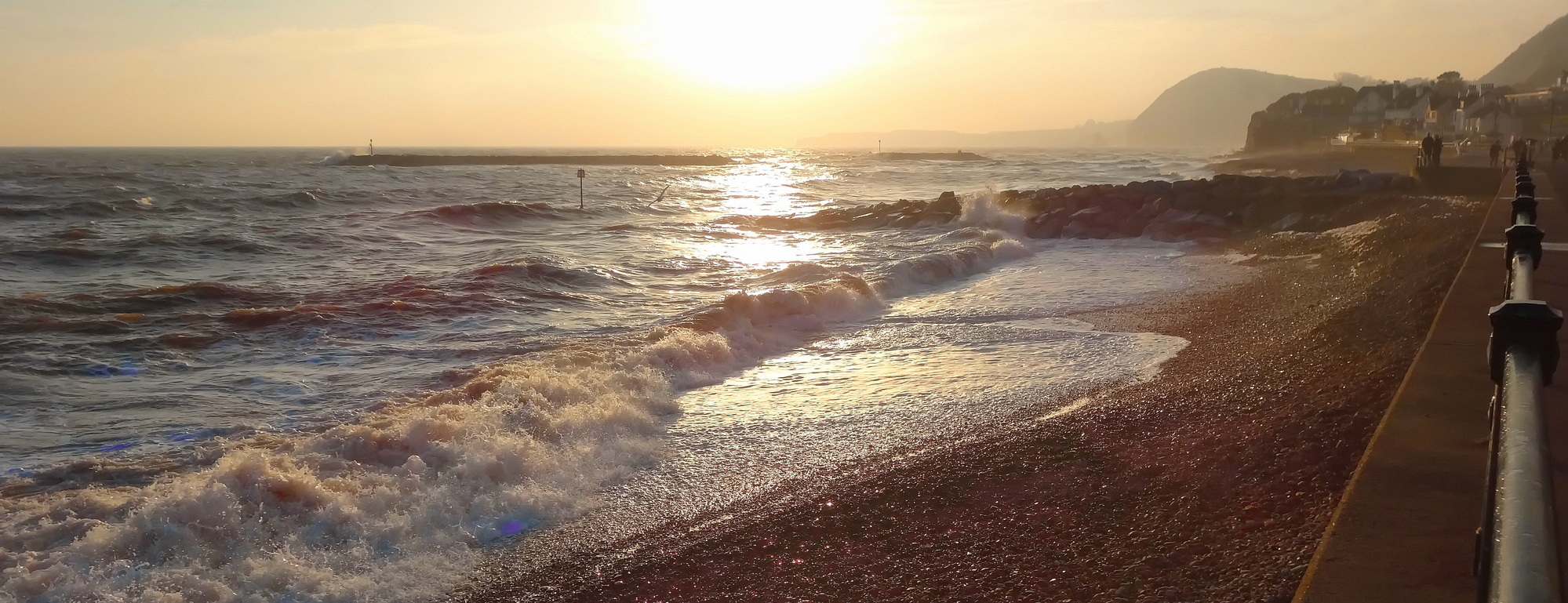IN THE SID VALLEY
It’s now over a decade ago since the Sid Vale Association planted its ‘golden copse’ in the Byes park.

Would we call this a ‘pocket’ forest today?
Now these ‘tiny forests’ are popping up everywhere it seems.
IN JAPAN
This started up as a small project in Japan some twenty years ago:
The small-footprint projects are based on the work of Japanese botanist Akira Miyawaki, who, beginning in the 1970s, pioneered a method of planting young indigenous species close together to quickly regenerate forests on degraded land. Miyawaki, who extensively studied and catalogued the vegetation of Japan, surveyed forests near potential Tiny Forest sites for a mixture of their main species. “The planting should center on the primary trees of the location, and following the laws of the natural forest,” he wrote in a 2006 essay upon accepting the Blue Planet award.
And now Japan’s tiny forests are thriving in Britain:
They are essentially about creating woodland in urban areas – and the point is that they are super tiny. super powerful:
Tiny Forest brings the benefits of woodland right into the heart of our cities and urban spaces: connecting people with nature, helping to mitigate the impacts of climate change, as well as providing nature-rich habitat to support urban wildlife.
IN EAST DEVON
These are often collaborative projects – and in October, the Exmouth Tiny Forest won two awards at the RHS South West in Bloom ceremony:

EDDC and Exmouth Tiny Forest are now exploring options for a second Tiny Forest site, with an online consultation seeking public feedback. Residents are encouraged to get involved and have their say on the future of East Devon’s treescape.
The EDDC Tree, Hedge & Woodland Strategy Public Consultation is now out and asking for “comments to ensure the plan is as effective and comprehensive as possible”.
To finish, as the SVA’s own project in the Byes has shown, such efforts to create ‘pocket/tiny forests’ can also happen on private land – and by groups and individuals. And they don’t have to be in urban areas.
IN A TIME OF CLIMATE CHANGE
There have been solarpunk projects happening in the Mojave to keep desertification at bay: We planted a Tiny Forest in the Desert.
And also from the solarpunk sphere, there is practical eco-futurism for your yard – and learning how to manage as the climate warms and we need to be thinking more holistically:
Look into the Japanese concept of a “pocket forest”. Briefly, the idea is to prioritize the planting of deciduous trees, as many as possible. Once your saplings are established, their leaves will provide a natural fertilizer and mulch to protect future plants from drought. You can then add in native flowers, herb type plants, and ground cover, and trust that the shade from your trees will work to reduce water needs. In addition to beautifying your space, this form of garden locks away the most carbon, contributes the most oxygen, and provides maximum cooling effect for your home and yard. This will also create habitat for many threatened native species.
…
